Taking Quality Care of Your Koi Pond
Maintaining your koi pond water and the fish living in the environment is always a priority for our clients. At Down to Earth Landscaping, we take great pride in designing, building and maintaining beautiful and healthy koi ponds for our friends in Raleigh, Durham and Cary.
Bacterial Infections: (The following is meant to be a very simple explanation of why bacterial infections occur and how to treat them. For a more detailed discussion see “Koi Health and Disease” by Dr. Erik L. Johnson, D.V.M.) The two most common bacteria that cause problems on koi fish are Aeromonas and Pseudomonas. Both of these bacteria are naturally occurring and are found in all pond and lake water. These bacteria are non existent in tap water because chlorine is added to kill any bacteria. Never the less, you can start up a brand new pond with tap water and within 3 weeks after the chlorine has evaporated, you will find at least a low level of these bacteria in your water. Normally, in a clean healthy pond, the levels of bacteria are so low that they will not cause a problem on their own. The outer slime coat or epidermis normally protects the fish from these harmful bacteria. The most common reason koi experience a bacterial infection is when their slime coat or epidermal layer is broken and the bacteria is allowed to infect the koi. These sores can grow very quickly if they are not treated. 
The most common reasons infections start
- Parasites can eat through the outer slime coat or epidermal layer exposing the dermis layer to the bacteria. As flukes attach themselves to the surface of the koi with their haptens, which resemble small fish hooks, they can actually inject the harmful bacteria into the koi.
- Scratching against a sharp object such as a rock can break through the slime coat and expose the koi to the bacteria.
- Poor water quality can burn off the slime coat or stress the koi making it more susceptible to the bacteria.
- Stress by itself through overcrowding or simply moving fish from one pond to another can sometimes be enough to allow a bacterial infection to start.
Treatment for Bacterial Infection
Treatment can be handled in several ways depending on the severity of the infection.
- On small sores you can dry off the wound with a paper towel and then treat the wound with hydrogen peroxide on a q-tip. Let it soak for about 30 seconds before placing the koi back into the water. Repeat this procedure 3 days in a row.
- On larger sores after treating with hydrogen peroxide, again dry off the wound and apply Debride Medicated Ointmentto the sore. Repeat this procedure 3 days in a row.
Parasites: Parasites are a real health issue when it comes to koi fish. The most common way koi fish contact parasites is from other fish. Before a new koi is introduced to the pond, it is extremely important that the new fish be quarantined for 3 weeks. During this time period the koi should be treated for parasites. Isolating a koi for 3 weeks in a quarantine tank, without treating the koi, is no assurance that the koi is parasite free. All that tells you is that if it has parasites, there are not enough of them to make it sick at this time. If you do not have a separate quarantine tank in which to treat a new koi in, then be very careful who you purchase your new koi from. Make sure the dealer is very conscientious about treating all their koi to make sure they are parasite free before they sell them. Do not take their word for it that they are parasite free. Ask them exactly how they treat their koi for parasites. If they are vague about how they treat the fish you would do well to assume the koi will have parasites and then make your decision as to whether or not to purchase the koi based on that fact.
The five most common parasites that affect koi fish are: flukes, costia, chilodinella, trichodina and ich. All of these parasites are microscopic which means you cannot see them without the aid of a microscope. The most common signs that you may have parasites are:
- Fish are flashing. Flashing is when a fish swims slowly near the side or bottom of the pond and then quickly swims off by first rubbing it’s side against the pond wall.
- A fish is isolating itself from the other fish.
- One or more fish have stopped eating.
- A fish spends much of the time near the water fall gasping for air.
- Fish are sitting on the bottom of the pond with their fins clamped close to their body or are drifting in the pond with their head pointed upward or downward for several minutes at a time.
- Sores developing on the fishes body or fins.
- Fish are dying.
When selecting a treatment to rid koi of a particular parasite, you should always try to select a treatment that will effectively kill the parasite, while at the same time, cause the least amount of stress to the koi. Stress is a real factor that needs to be considered in treating koi. Think of it this way. You can live and work around all sorts of germs and never get sick. Then things change at work and you are suddenly required to work very long hours for several days in a row. Now, when you can least afford it you get a cold. Why is that? It is because your immune system has failed due to the extra stress of working so much. It works the same way with koi fish. When they get stressed their immune system can begin to fail them and any hope for recovery will be slowed down, if in fact they recover at all. An infestation of parasites can be very stressful to a koi. For this reason, it is very important when treating a koi with parasites to select a treatment that will not stress them anymore than is necessary.
Proper treatment for parasites depends on which parasite the koi have. If you have access to a microscope, by simply taking a scraping from the fish and examining it under the microscope, you can usually tell exactly which parasites are present and then treat for them accordingly. If you do not have a microscope and are looking for one, there is a very good microscope for the price at www.unico1.com The model M-250 sells for about $500.00.
The pros from Down to Earth Landscaping are ready to advise you on any health matters regarding your water feature or koi pond. Feel free to contact us today to see how we can help.




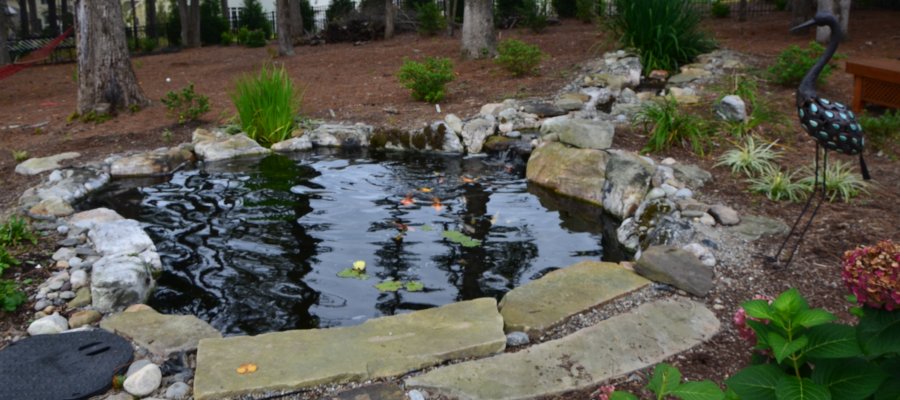
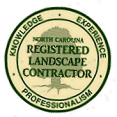
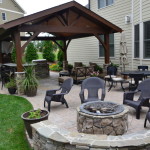
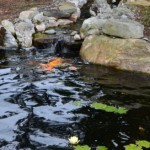
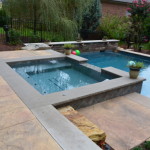
Comments on this entry are closed.